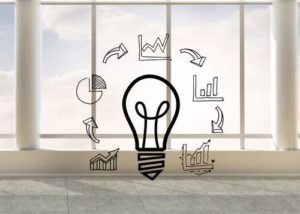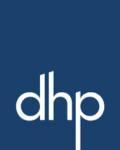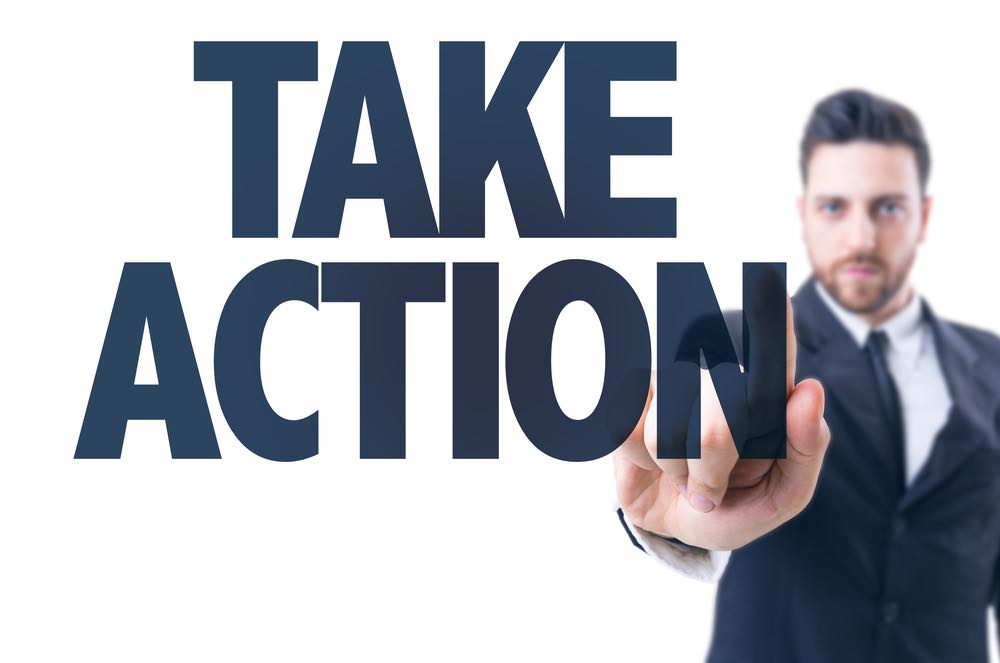Forecasting is essential to achieving your operational objectives. Its purpose is to help to predict what the future looks like and derisk that future and with ACTION make it happen so there are no or limited issues. Forecasting enables a business to move continually forward and improve. It makes it easier for managers to cope with, plan and achieve their objectives which in turn enables the business meet its wider commercial objectives.
Effective Forecasting
Most operations do actually talk about having forecasting but they don’t understand or have not been trained to take a structured approach that enables their entire management hierarchy to work together as an effective unit. Without forecasting and the rigour and routine that goes with it, quality, productivity and performance at all levels is drastically affected and commercial progress can stagnate.
Many operations have limited management information about workload and productivity often gathered from multiple sources. With limited information forecasting is based on a mixture of short term and historical information inputted into a spreadsheet and left for the computer to work things out. Subsequently forecasting becomes more a box ticking exercise but does not generate action defeating its very purpose!
More companies are realising they need to improve their forecasting capability and are looking for solutions to achieve higher performance and customer service levels. There is a small number of advanced workforce management software packages that provide excellent forecasting solutions and are becoming increasingly popular to support forecasting activity.
However software alone is not the answer. For forecasting to be truly effective, you first need to ensure you have operational clarity and complete visibility. You need to be confident that you are measuring your people, tasks and process in the right way and with the right metrics. Your managers need to be trained in the routines and processes combined with software tools to enable them to forecast effectively.
From this position, forecasting is meaningful and accurately represents your resourcing requirements. When you have achieved clarity on these crucial points, you are in the ideal position to implement a software forecasting solution.
The most reliable way to forecast the future is to try to understand the present

A software forecasting system should support:
Your business planning process
Increase commercial awareness
Monitor capacity demand and performance
Become part of your managers routine
Be easy to use and agile to respond to a rapidly changing environment
The right software solution will support many of the behaviours and changes required in your management team for forecasting success. You need to ensure that your software doesn’t restrict and close down management thought processes but instead empowers them and drives action to improve performance and efficiency.
Many operations have centralised planning and management information teams which are typically highly focussed on contact centre forecasting. But how good are they as back office forecasting? With the right training and tools your managers can make a big different to both the front and back office.
For managers to be able to plan effectively and do their job properly, they must be able to forecast. Forecasting enables managers to understand how the current position of their teams or the operation as a whole will be affected by ‘future changes’.
Typical forecasting ‘future changes’ can be new work, loss of work, rework, or dealing with new compliance issues. Being able to get a clear picture as to how these changes will affect the operation, its capacity and productivity is key to successful planning and management.
Forecasting is not just a single activity. It’s the sum of a cycle of core events consisting of planning, reviewing monitoring and improving. Each core forecasting event in the cycle should have a clear structure supported by a process in your software.
There four critical stages of the forecasting cycle
Planning – typically starting with a thought process to an external driver, e.g., new work volumes. This thought process should be supported by data analysis to learn about the facts that will drive the ‘next steps’ in the planning process. Resources can then be evaluated to explain what impact will occur on the operation from the external change. Once the available resources have been thoroughly evaluated a clear production plan can be developed.
Reviewing – is essential to the successful implementation of new plans. Routine meetings are necessary to understand progress and if there has been any variation or deviation from the plan. Your software should be able to support you with accurate performance information enabling you to identify opportunities to increase performance and balance your resources to improve efficiency.
Monitoring – Essential to staying on course and more often the missing element . Understanding if you are on track with your planned progress vs. your forecast is critical to maintaining SLA, customer service excellence and importantly operational profitability. Understanding your operations capacity and performance levels is key and where your software plays an integral role.
Improving – requires precise action planning combined with practical change. Your software must be able to support you by re-forecasting in line with these changes and help you to set new performance targets.
It’s the combination of management routines driven and backed by a software system that empowers your operation to forecast effectively and achieve tremendous leaps in performance. By equipping your managers with the skills and tools they need, you can enable them to become the driving force that consistently produces the best performance outcome.
To improve is to change; to be perfect is to change often.

Key features to look for in your back office optimisation software
Forecasting consistency
A controlled forecasting process
Easy integration of data to support forecasting
Accurate management information
Software process that support new management routines
Management Accreditation



